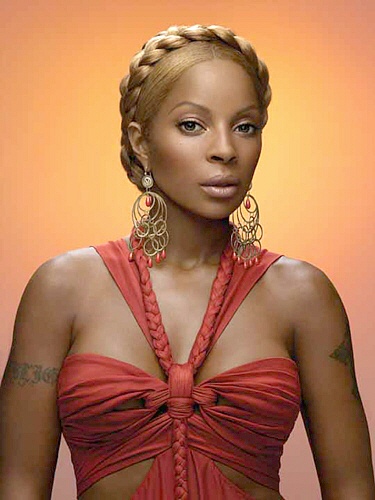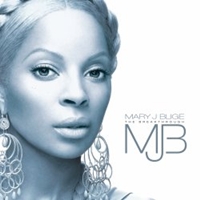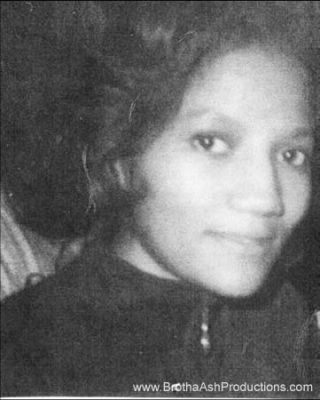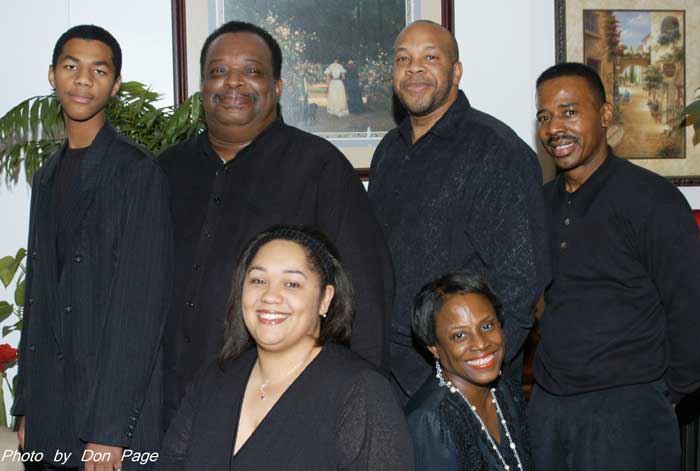|
Black History from Pittsburgh
EVERY WEEK we will honor and represent our African American heroes. TO VIEW BLACK HISTORY ARCHIVES CLICK HERE |
|
The Week of
December 25th, 2005: IN BLACK
HISTORY
When her debut album, What's the 411?, hit the street in 1992, critics and fans alike were floored by its powerful combination of modern R&B with an edgy rap sound that glanced off of the pain and grit of Mary J. Blige's Yonkers, NY childhood. Called alternately the new Chaka Khan or new Aretha Franklin, Blige had little in common stylistically with either of those artists, but like them helped adorn soul music with new textures and flavors that inspired a whole generation of musicians. With her blonde hair, self-preserving slouch and combat boots, Blige was street-tough and beautiful all at once, and the record company execs who profited off of her early releases did little to dispel the bad-girl image that she earned as she stumbled through the dizzying first days of her career. As she exorcised her personal demons and softened her style to include sleek designer clothes, she remained a hero to thousands of girls growing up in the same kinds of rough places she came from. Blige reinvented her career again and again by shedding the bad habits and bad influences that kept her down; by the time her fourth album, Mary, was released in 1999, she had matured into an expressive singer able to put the full power of her voice behind her music, while still reflecting a strong urban style. With her fifth album, No More Drama, it wasn't just Blige's style that shone through the structures set up for her by songwriters and producers, it was her own vision -- spiritual, emotional, personal, and full of wisdom, and reflected an artist who was comfortable with who she was and how far she had come. Born in the Bronx on January 11, 1971, Blige spent the first few years of her life in Savannah, GA, before moving with her mother and older sister to the Schlobam housing projects in Yonkers, NY. Her rough life there produced more than a few scars, physical and otherwise, and Blige dropped out of high school her junior year, instead spending time doing her friends' hair in her mother's apartment and hanging out. When she was at a local mall in White Plains, NY, she recorded herself singing Anita Baker's "Caught Up in the Rapture," into a karaoke machine. The resulting tape was passed by Blige's stepfather to Uptown Records' CEO Andre Harrell. Harrell was impressed with Blige's voice and signed her to sing backup for local acts like Father MC. In 1991, however, Sean "Puffy" Combs took Blige under his wing and began working with her on What's the 411?, her debut album. Combs had a heavy hand in What's the 411?, along with producers Dave Hall, Mark Morales, and Mark Rooney, and the stylish touches that they add to Blige's unique vocal style created a stunning album that bridged the gap between R&B and rap in a way that no female singer had before....read more from VH1.com. Pick up MJB's new album and Visit Mary J. Blige's official website RIGHT HERE REST IN PEACE: (R.I.P.)
Andrea Lee Oliver Woodson aka "Andy" aka "Mother" Lucy Curry , Dot Talley, Bertrand "Goocher" Frye, Irma Woodson, Russell Woodson, Nora Moorehead-Dixon, James Dixon, Anthony "Torry" Dorsey, Ross "Booper" Thomas, Termain "Butter" Woodson, Dorothy Jean Lee Ransom, John Martin Moorehead, Jr., Donna Ann Davis, Patrice "Trice Ball" Howze
Copyright 2005 Brotha Ash Productions. All Rights Reserved |
|

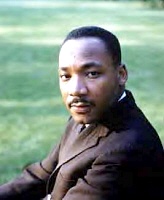 We
know that it is very important for the world to know about our heritage.
We
know that it is very important for the world to know about our heritage.

